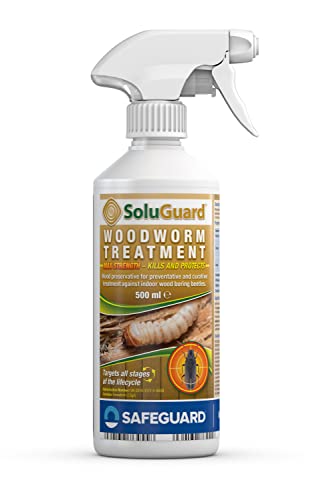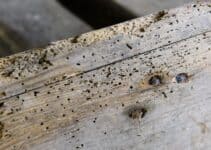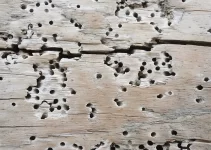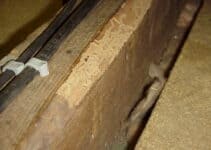Music may be the food of love but pianos are the food of furniture beetles. It’s an unpleasant fact that one the most delightful forms of music-making could be at risk of a woodworm attack.
Can Pianos Get Woodworm?
Sadly, pianos are very susceptible to wood boring insects and the prevention or treatment of an infestation is going to be a necessity in the life cycle of this popular instrument.
But knowledge is power, as they say, and our guide will hopefully enlighten you in how to treat woodworm in a piano, ways to prevent or minimise the risks of woodworm attacking your timber piano.
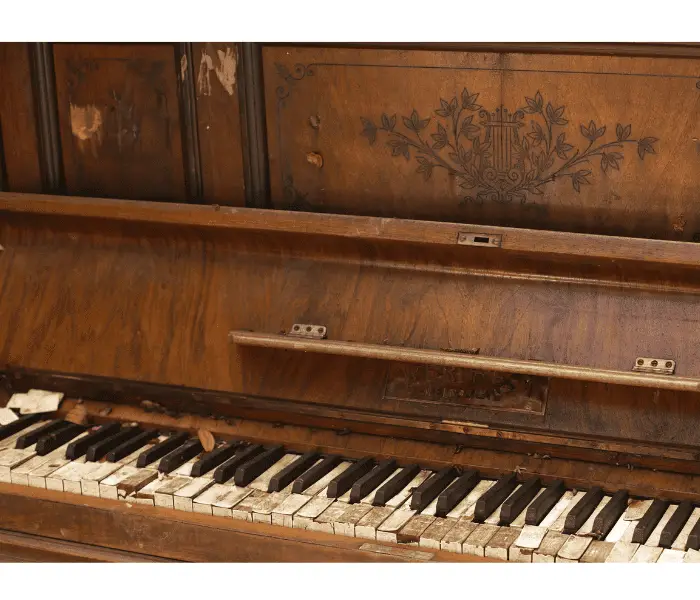
Woodworm in a Piano
Be prepared. Treating larger wooden items such as pianos is an expensive business. To avoid unnecessary costs, make sure that you understand the potential threats to your piano.
There are two types of furniture beetle most likely to infect the wood in pianos. One is the lyctus powder-post beetle which is at home in European hardwoods.
This means if your wood piano is softwood, you don’t need to worry about an attack from the lyctus beetle. They don’t like walnut, beech, cherry or maple hardwoods either.
The other variety often found in the world of music is the common furniture beetle: anobium. Whilst softwoods and European hardwoods are vulnerable to anobium attack, if your piano is made from tropical hardwood, you’re in the clear.

If your timber piano is lacquered or has a finishing treatment, it is unlikely woodworm will be interested as it will poison them. Untreated portions of the piano are the places to inspect.
How to Identify Woodworm in a Piano
There are a few signs of active woodworm in pianos to be on the lookout for.
Un-wanted Dead or Alive
The most obviously check for woodworm is to see if there are any living or dead beetles on the instrument itself, specifically the untreated wooden parts.
It is certainly worth checking underneath the key bed as it is not only a popular area for woodworm in pianos but it’s often overlooked.
Anobium are the most common beetle you’ll find in the UK and they are small (2.5-5mm), brown and oblong-shaped so if you see them on or around the piano, you need to take action asap.
The Burrowers
Furniture beetles are known for their borrowing and tunnelling. But it’s important to note that the holes that we have come to recognise so easily are actually the last stage in a woodworm infestation.
Beetles exit rather than enter through those holes and could have been in your piano for between 3-5 years. Even if holes are not present, woodworm can be present in your instrument.
There’s also the possibility that holes in the piano indicate a previous case of woodworm but they have evacuated the piece or it has been successfully treated.
Left untreated the holes will multiply overtime and cause the piano frame to crumble in places which not only devalues the instrument but can badly affect the tonal quality when played.
Unto Dust
Dust found next to tunnels, holes or even at the edges of the natural join can be an indicator of woodworm. This dust is known as ‘frass’ and is, rather unpleasantly, the faecal matter left behind by what is probably becoming your least favourite insect.
How to Treat Woodworm in a Piano
Even if the worst happens and you recognise the tell-tale signs of a wood boring insect, there are treatments available. And DIY options are possible if caught early enough.
Insecticide
If woodworm affects only a small part of your instrument you can easily treat it by using a basic permethrin-based woodworm treatment, vinegar or white spirit.
I like using this spray as its easy to apply and doesn’t have a strong odour:
There are plenty of options available at your local hardware shop or online. For more expensive instruments your best option is to invest in expert treatment to minimise the loss in value and tone.
I recommend using this insecticide:
Gas
Sealing the instrument in a bag and using pressurised gas to get rid of your infestation is a non-chemical method of extermination.
As this requires specialist treatment, a DIY approach is probably not a safe option. Seek out specialist help. They will also be able to advise you on possible warping.
How to Prevent Woodworm in a Piano
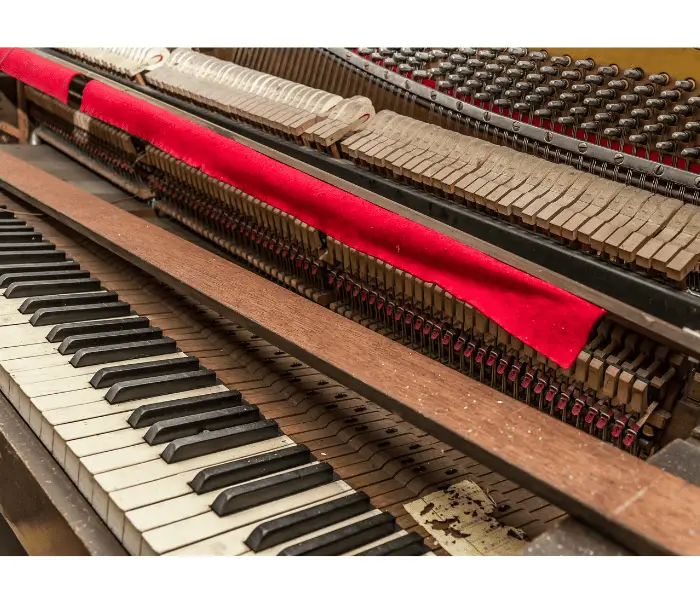
Woodworm thrives in damp environments and need wood with a high moisture content to survive. Check for underlying damp issues in your house before buying a piano.
In the case of upright pianos, make sure you have enough space between the wall and the instrument for air to circulate and prevent dampness occurring.
Check piano legs frequently if your house has wooden floors especially in older buildings as your wood piano might not be your biggest problem.
We’re sure that with patience and attention your piano will still be playing sweetly for many years to come.

